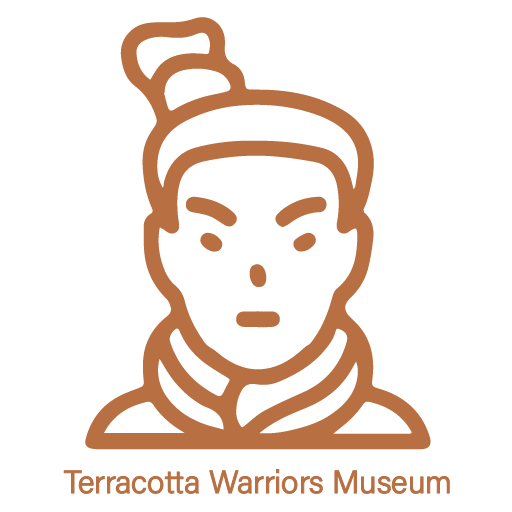Terracotta Warriors History Facts: Unraveling the Past of Terracotta Army
Diving into the historical facts of Terracotta Warriors, focusing on their creation, purpose, and the era they represent.
Who was Qin Shihuang(First Emperor of China)? |
Explore the life and legacy of Qin Shihuang, the first emperor of China, and his connection to the Terracotta Warriors. |
Who Built Terracotta Warriors and Horses? |
Learn about the artisans and laborers who crafted these incredible statues. |
How Were Terracotta Warriors Made? |
Describe the construction process, including the use of molds, clay, and individualized features. |
When Terracotta Warriors and Horses were Built? |
Uncover the timeline of the construction of the Terracotta Warriors during the Qin Dynasty. |
How Were Terracotta Warriors Built? |
Delve into the techniques and processes used to create these ancient statues. |
How Long does Terracotta Warriors Take to Built? |
Find out the duration and effort involved in constructing this massive army. |
Are Terracotta Warriors in Xi'an Worth Visiting? |
Find out why the Terracotta Warriors are a must-see attraction for history enthusiasts and travelers alike. |
How did Terracotta Army Impact the World? |
From influencing art and culture to reshaping our understanding of history, the terracotta army's influence is far - reaching. |
Terracotta Army Discovery Facts: Unearthing the Secrets
This section focuses on the discovery facts of the Terracotta Warriors and the ongoing archaeological work.
Where is Terracotta Warriors Located? Xi'an China |
Learn about the location of the Terracotta Warriors in Xi’an, China. |
Who & How Were Terracotta Warriors Discovered? |
Discover the story of the farmers who accidentally uncovered the Terracotta Warriors in 1974. |
When & Where were Terracotta Warriors First Discovered? |
Understand the historical context and significance of the discovery. |
What Bronze Weapons Discovered at the Terracotta Army? |
Bronze weapons unearthed at the site of Terracotta Army, like bronze swords, spears, arrowheads, and their significance in understanding the might and organization of Emperor Qin Shi Huang's army. |
What Colors are Terracotta Warriors? |
Explain how the warriors were originally painted in vibrant colors and why most have faded over time. |
Have All Terracotta Warriors Excavated? |
Find out the current status of the excavation and what remains to be discovered. |
Terracotta Warriors Excavation Timeline From 1974 - Now |
Follow the timeline of excavations and major discoveries since 1974. |
How & Why Terracotta Warriors Stay Buried for Over 2,000 Years? |
Discover how deliberate burials, stable conditions, and cultural taboos preserved the Terracotta Warriors for over 2,000 years. |
Terracotta Warriors and Horses Fun Facts
The terracotta warriors and horses fun facts could range from the unique characteristics of each individual warrior’s facial features, which are said to be modeled after real people from that era, to the complex construction techniques used to create these life – sized clay sculptures over 2,000 years ago.
Why does Terracotta Warriors Have a Distinct Facial Features? |
Explain how each warrior has distinct features, hairstyles, and clothing, reflecting their rank and role. |
Were China's Terracotta Warriors Modelled on Real Soldiers? |
Explore the evidences to prove the Terracotta Warriors were not based on actual soldiers from the Qin Dynasty. |
Do Terracotta Warriors Have Same Body Molds? |
Learn about the unique features and individuality of each Terracotta Warrior. |
How were Terracotta Warriors Made? |
Discover the fascinating process behind the creation of these ancient statues. |
What Weapons did Terracotta Warriors Carry? |
Armaments held by Terracotta Warriors. This Article aims to explore diverse array of weapons that were part of Qin Dynasty's military arsenal as depicted in the life - sized clay sculptures. |



